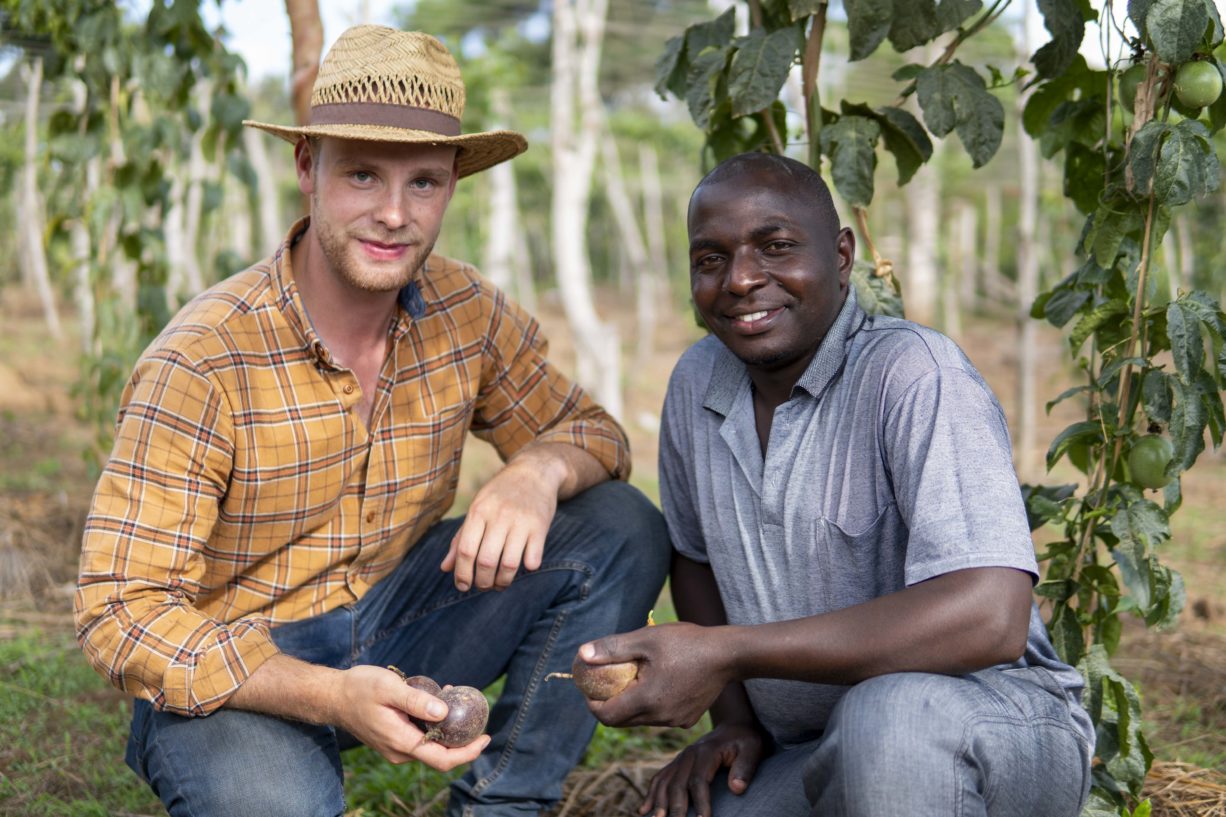
As part of the exchange, which took place for the first time in 2019, participants undertake a three-month agricultural internship with a farming business. This year there are 11 German and 17 Ugandan interns in each other’s countries. For the first time this year, five Kenyan interns are participating in IYFEP. In the process, we are all accommodated on different farms where we work every day. Personally, I am staying on a dairy farm in western Uganda in Kazo District, in the Ankole region.
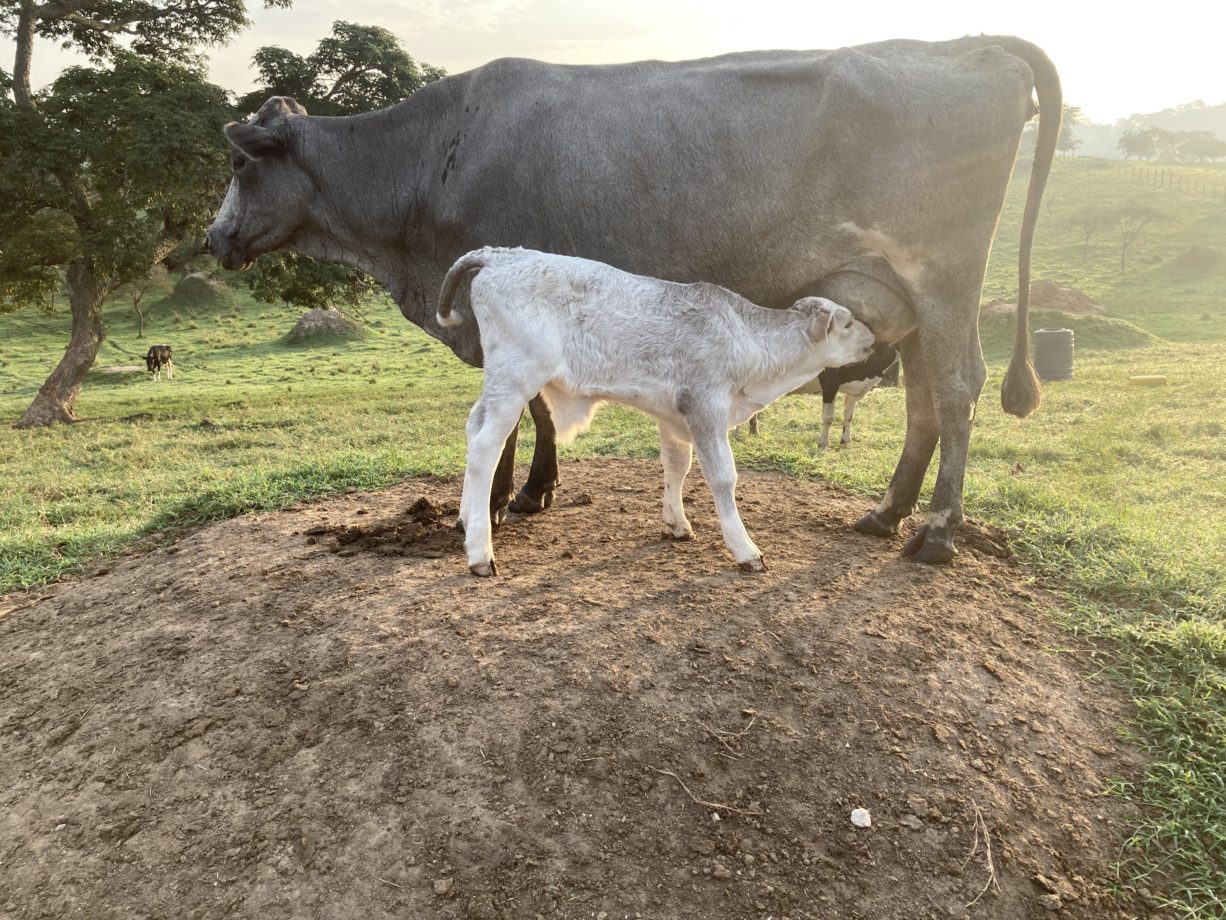
In Ankole, cattle farming has special significance. The landscape is characterised by grazing cows. The culture is strongly influenced by livestock farming. People feel very attached to their animals and maintain many traditions. These include, for example, milk processing and storage in traditional containers and driving and herding cattle with a special stick. Milk production is an important source of income in the region. On most farms, milking takes place by hand. These businesses are therefore self-sufficient in energy. At the same time as milking, the calves are also taken care of. They are left to their mothers’ udders after milking and drink the remaining milk. After that, mother and calf are again separated into different areas. Milk is collected mainly in milk churns with a capacity of 50 litres and picked up by milk trucks. The milk is transported either by truck or by motorcycle. Drivers sell the milk to dairies and processors.
The original breed of the region is Ankola cattle. This breed is distinguished from other breeds primarily by its exceptionally strong horn growth. The colour of the animals in most cases is chestnut brown. The extremely large horns should preferably be white. Identification with local cattle is strongly felt in the region. The milk yield is very low, yet they are kept by many families.
In the 1980s, purchasing and cross-breeding the “Holstein Frisian” dairy breed began in order to improve the milk yield of the cows. As a result, today you can find many dairy cows that have a strong milk trait. Most animals have been bred through many generations of displacement cross-breeding. However, many crosses of the first generations can still be found today, with them possessing characteristics of both breeds – Holstein Frisian and Ankole. The clearly larger horns, the skeleton and the colour pattern of the skin make it quickly apparent that features of both breeds are firmly established. This is also often reflected in the milk yield. First generation crosses often have a lower milk yield than a Holstein Frisian cow. However, these cows are much more resistant to environmental influences.
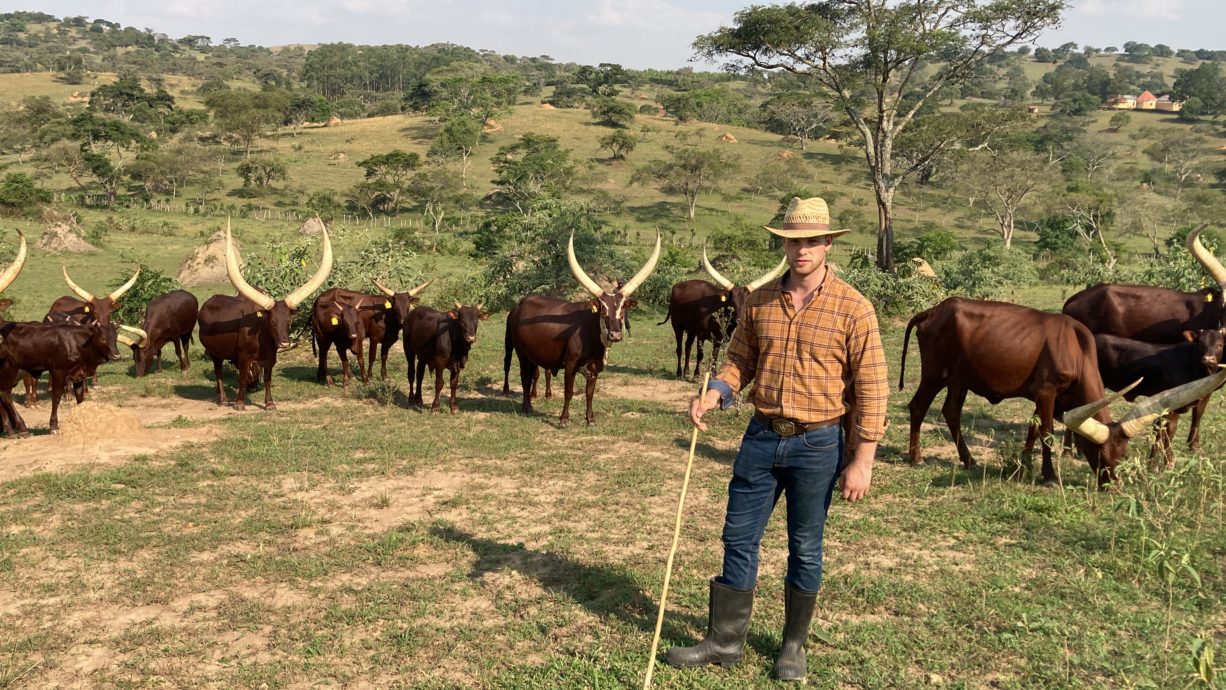
The type of coexistence is also evident in the tradition of giving away cattle. It is customary for a cow or ox to be given away. The recipient then returns an animal after offspring have twice been born to them on the farm. This trade-off restores balance and at the same time provides an opportunity to build up the herd. This plays a particular role, for example, at weddings. A bride price is paid from the groom’s family to the bride’s family, amounting to between 12 and 15 cows.
Cattle farming, the self-image of the people and the cultural imprint of the Ankole region are unique and reflect their connection to ancestors and to nature. For me, it is a very beautiful experience to be able to observe how traditions are being passed on and nurtured from generation to generation.
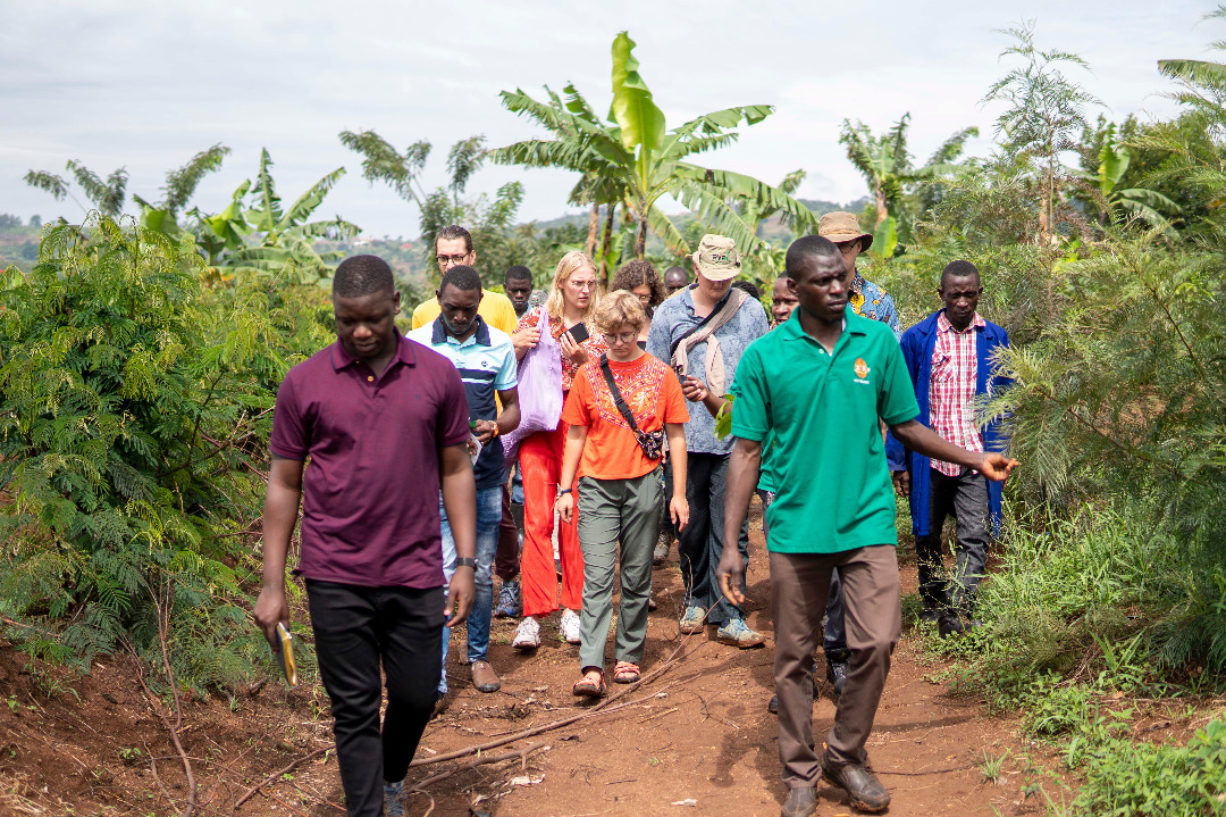
The exciting thing about the IYFEP is that all of us get to gather a wide variety of experiences, as we live and participate in different farms, with different families, with different cultures. The diversity of experiences highlights the diversity of Uganda, which is another valuable experience. That’s why it’s so important to have space for interns to interact. This is possible in seminars which are part of the IYFEP.
My conclusion: it is nice to see how the group is growing stronger together from the variety of impressions and experiences of all participants, resulting in secure, long-lasting intercultural friendships being created thanks to this exchange.
More about the IYFEP (in German) can be found here.
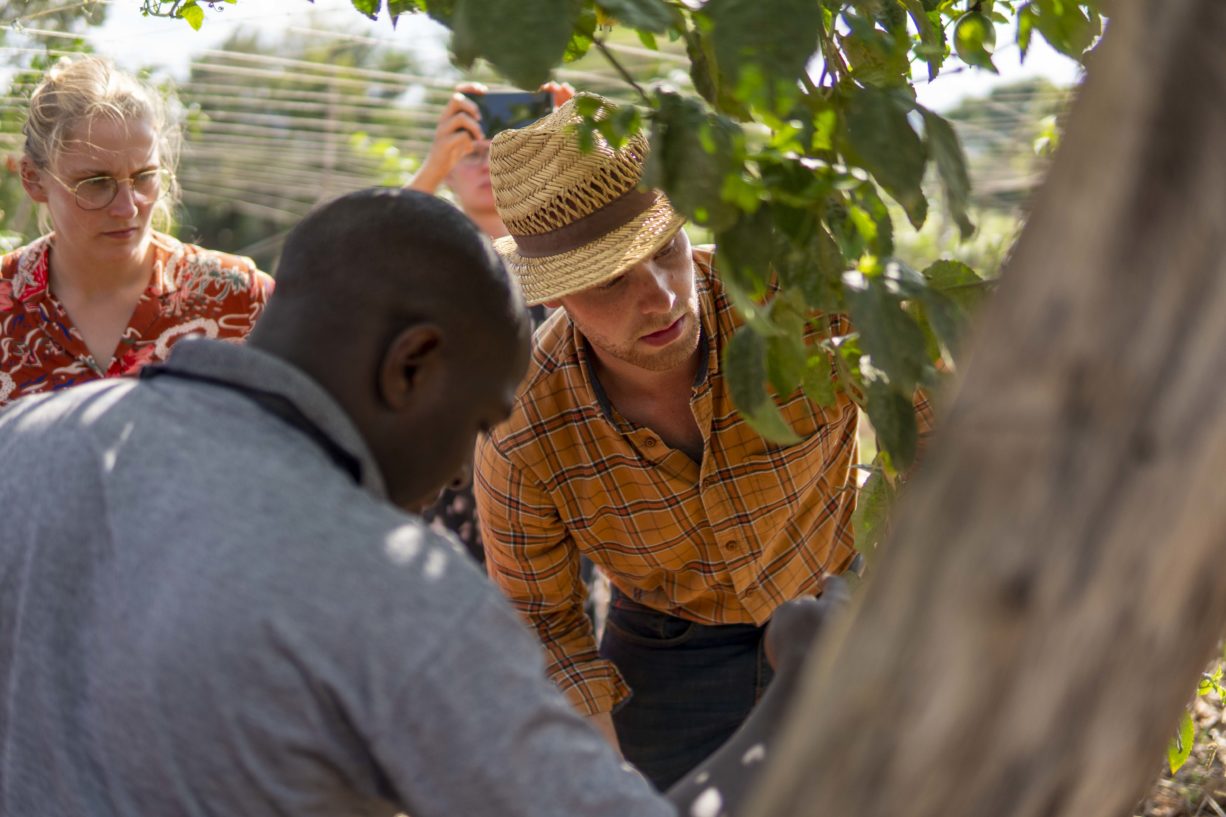
This could be of interest to you:
-
International Cooperation -
Entrepreneurship, International Cooperation b|u|s Course for Trainers in Zanzibar
Read -
Organisational Development, International Cooperation Development journeys of organisations in the agricultural sector – observations in South-East Africa and insights
Read